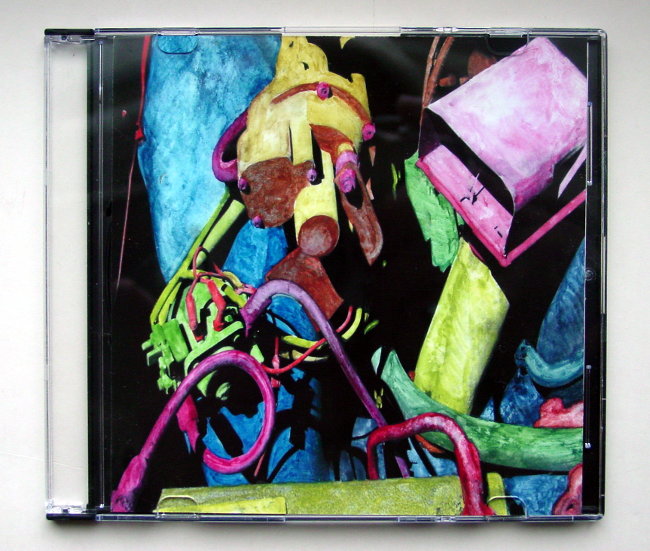
photo, watercolor, scanner (dimensions variable)
"sketch" for future CD cover:


An article in the American Conservative about the "deep state" helpfully breaks Russiagate opinion into two camps. Annotations (in bold) provide further elaboration.
One narrative -- let’s call it Narrative A -- has it that honorable and dedicated federal law enforcement officials developed concerns over a tainted election in which nefarious Russian agents had sought to tilt the balloting towards the candidate who wanted to improve U.S.-Russian relations and who seemed generally unseemly. Thus did the notion emerge, quite understandably, that Trump had “colluded” with Russian officials to cadge a victory that otherwise would have gone to his opponent. This narrative is supported and protected by Democratic figures and organizations, by adherents of the “Russia as Threat” preoccupation, and by anti-Trumpers everywhere, particularly news outlets such as CNN, The Washington Post, and The New York Times.
It is also very popular with DC bureaucrats worried about their jobs, military contractors, and people not skeptical of the Clintons (who originated the story).
The other view -- Narrative B -- posits that certain bureaucratic mandarins of the national security state and the outgoing Obama administration resolved early on to thwart Trump’s candidacy. After his election, they determined to undermine his political standing, and particularly his proposed policy toward Russia, through a relentless and expansive investigation characterized by initial misrepresentations, selective media leaks, brutal law enforcement tactics, and a barrage of innuendo. This is the narrative of most Trump supporters, conservative commentators, Fox News, and The Wall Street Journal editorial page, notably columnist Kimberley Strassel.
It also happens to be the view of normal, levelheaded people all over the world who aren't dependent on a DC job. This includes Sanders supporters, Green voters, assorted libertarians, and what might colloquially be called "anyone with a brain."
Production notes for "Imaginedgy," from the Terra Organization LP:

uncropped screenshot of Tracktion Waveform page
The rather hideous title (originally a placeholder but so awful I decided to keep it) is a portmanteau of the song's main components: the 8-bit synth module Edges and the "Imagina" series of commercial drum loops from Tracktion. The idea was to meld geeky with urban cool, arcade with triphop, etc etc
So about half the tracks above are drum beats from a live drummer, manicured and FX-ed in various ways, and half are sequenced riffs from videogame-y Eurorack modules: in addition to Edges (which ended up not being used very much if at all), these include the SIDGuts and SIDGuts Deluxe.
Other additions are the RetroMod Fat softsynth playing some quasi-jazzy, seventh-style chords and a bassline wav from the Octatrack libary.
The piece starts out "slow and cool" and then speeds up for no reason to reach the heavily flanged climax!